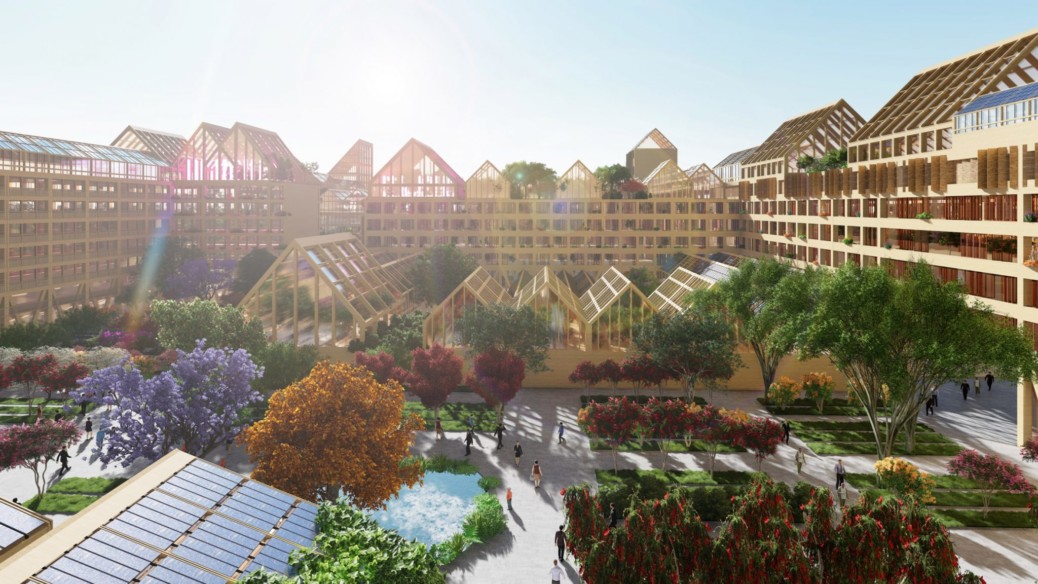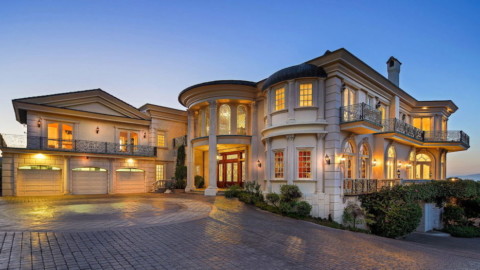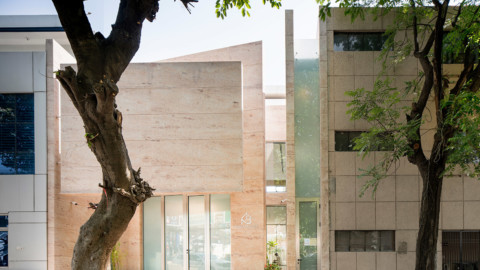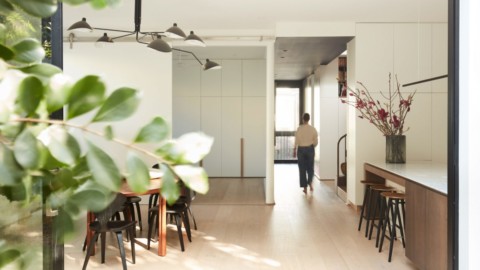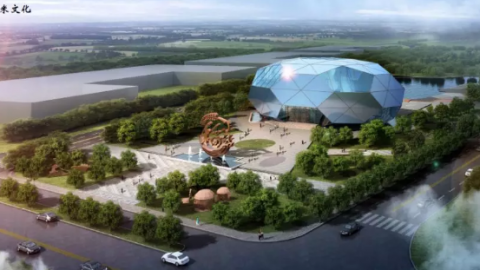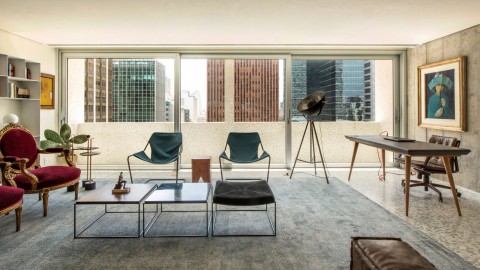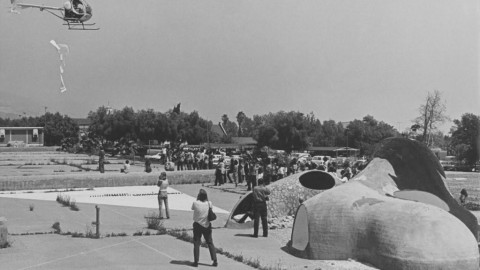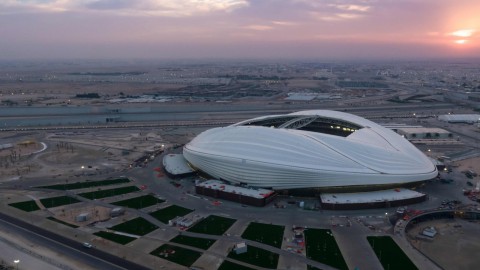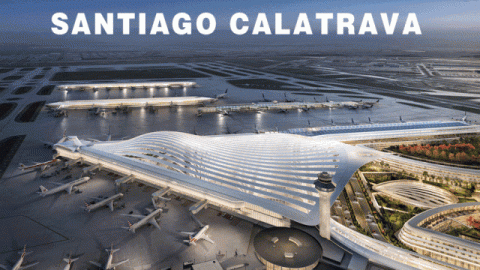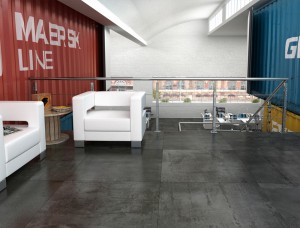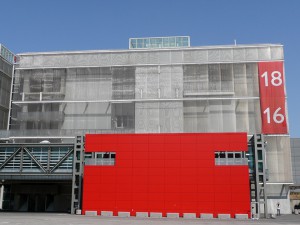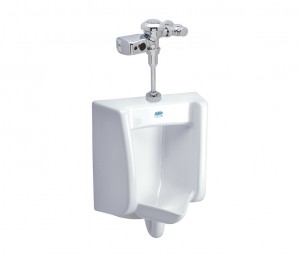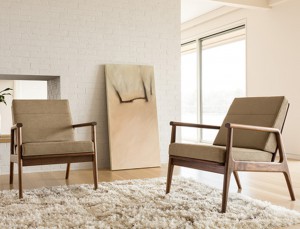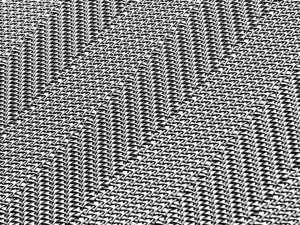Self-Sufficient City by Guallart Architects is a concept for a housing development in Xiong’an New Area, China, which would be able to produce its own energy and food during another coronavirus lockdown.
Spanish studio Guallart Architects included greenhouses for growing food, large sloping roofs covered in solar panels, and workshops filled with 3D-printers in its design.
Its scheme won the residential and communities category in a competition to design new urban typologies for Xiong’an New Area run by the local government.
Guallart Architects提出的“自給自足的城市”是中國雄安新區住房開發的一個概念,在再次冠狀病毒封鎖期間,該住房將能夠產生自己的能量和食物。
西班牙工作室Guallart Architects包括用於種植食物的溫室,太陽能電池板覆蓋的大傾斜屋頂以及設計中裝有3D打印機的車間。
該方案在一項由地方政府運營的雄安新區設計新城市類型的競賽中贏得了住宅和社區類別的大獎。
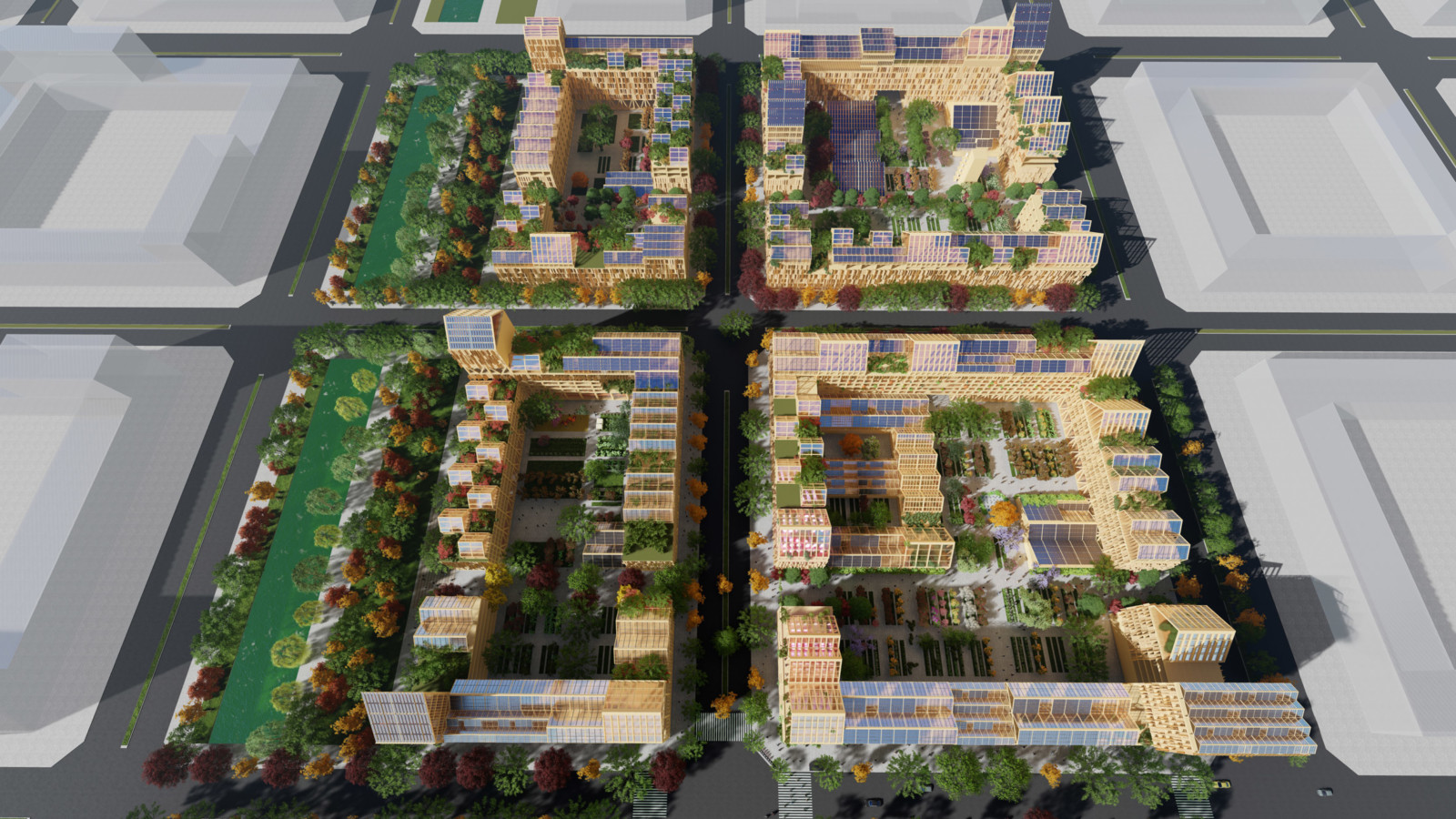
The urban area could be self-sufficient in a lockdownn|市區可能自給自足
Designed for an area of Hebei province 80 miles from Beijing that is being turned into a new green city, Guallart Architects designed their winning entry under coronavirus lockdown restrictions and used this as inspiration for the Self-Sufficient City.
“We developed this project during confinement,” said studio director Honorata Grzesikowska.
“The entire team worked from home and we decided to include all those aspects that could make our lives better.”
Guallart Architects設計用於距北京80英里的河北省,該地區正被改造成一個新的綠色城市,Guallart Architects在冠狀病毒封鎖限制下設計了獲獎作品,並以此作為自給自足城市的靈感。
製片廠總監Honorata Grzesikowska說:“我們在分娩期間開發了這個項目。”
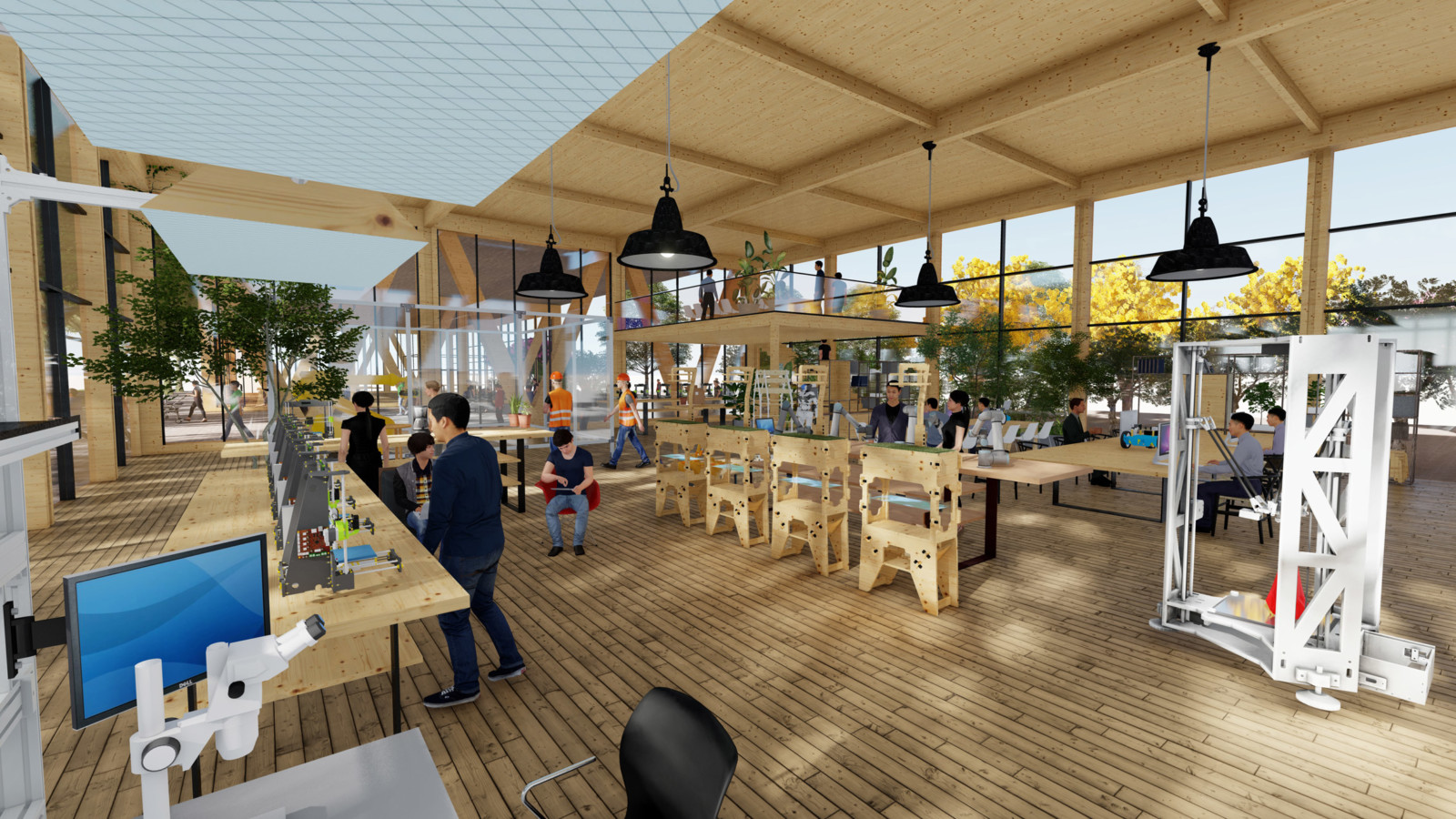
3D printers and rapid prototyping machines would be in co-working spaces|3D打印機和快速成型機將在共同工作的空間中
As the title suggests, the residential development would be entirely self-sufficient in the event of a full lockdown.
Food could be grown in the greenhouses that would cover many of the buildings, and small scale “co-working digital factories” would use 3D printers and rapid prototyping machines to make replacements for missing or broken items in the event of supply chain disruption.
顧名思義,如果完全鎖定,則住宅開發將完全自給自足。
可以在覆蓋許多建築物的溫室中種植食物,而小規模的“協同工作的數字工廠”將使用3D打印機和快速成型機來替換供應鏈中斷時丟失或損壞的物品。
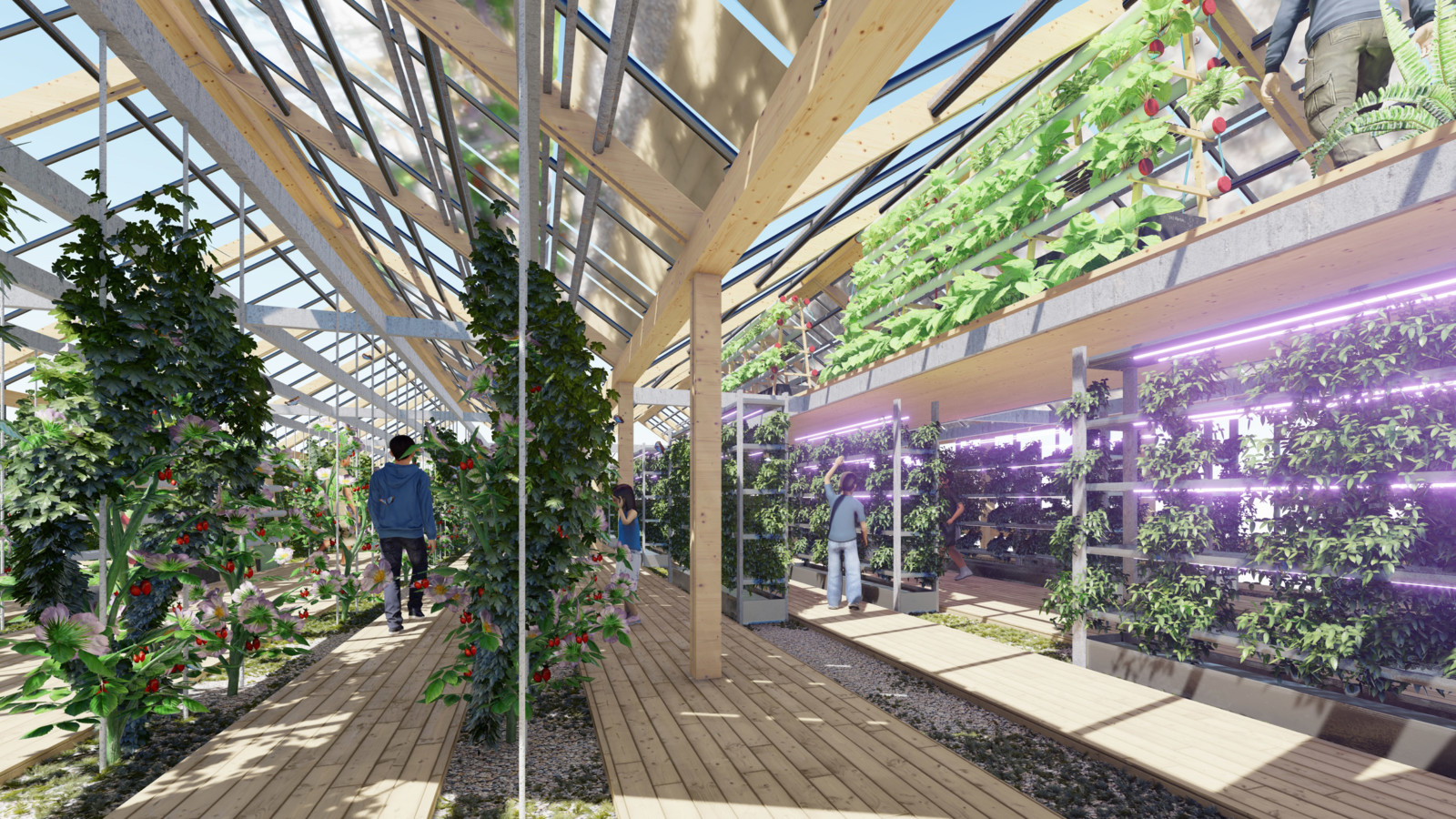
Food could be grown in greenhouses and allotments|可以在溫室和分配區中種植食物
“We cannot continue designing cities and buildings as if nothing had happened,” said Guallart Architects.
“Our proposal stems from the need to provide solutions to the various crises that are taking place in our planet at the same time, in order to create a new urban life, based on the circular bioeconomy, that will empower cities and communities.”
A circular economy is a system where pollution and waste are minimised in favour of reuse and environmental protection, and a bioeconomy refers to the use of renewable energy and resources to make food, energy and materials.
Guallart Architects說:“我們無法像沒有任何事情一樣繼續設計城市和建築物。”
“我們的建議源於需要為同時發生在我們星球上的各種危機提供解決方案,以便在循環生物經濟的基礎上創造一種新的城市生活,這將賦予城市和社區權力。”
循環經濟是一種將污染和廢物減少到最低限度,有利於再利用和環境保護的系統,而生物經濟是指利用可再生能源和資源來製造食品,能源和材料。
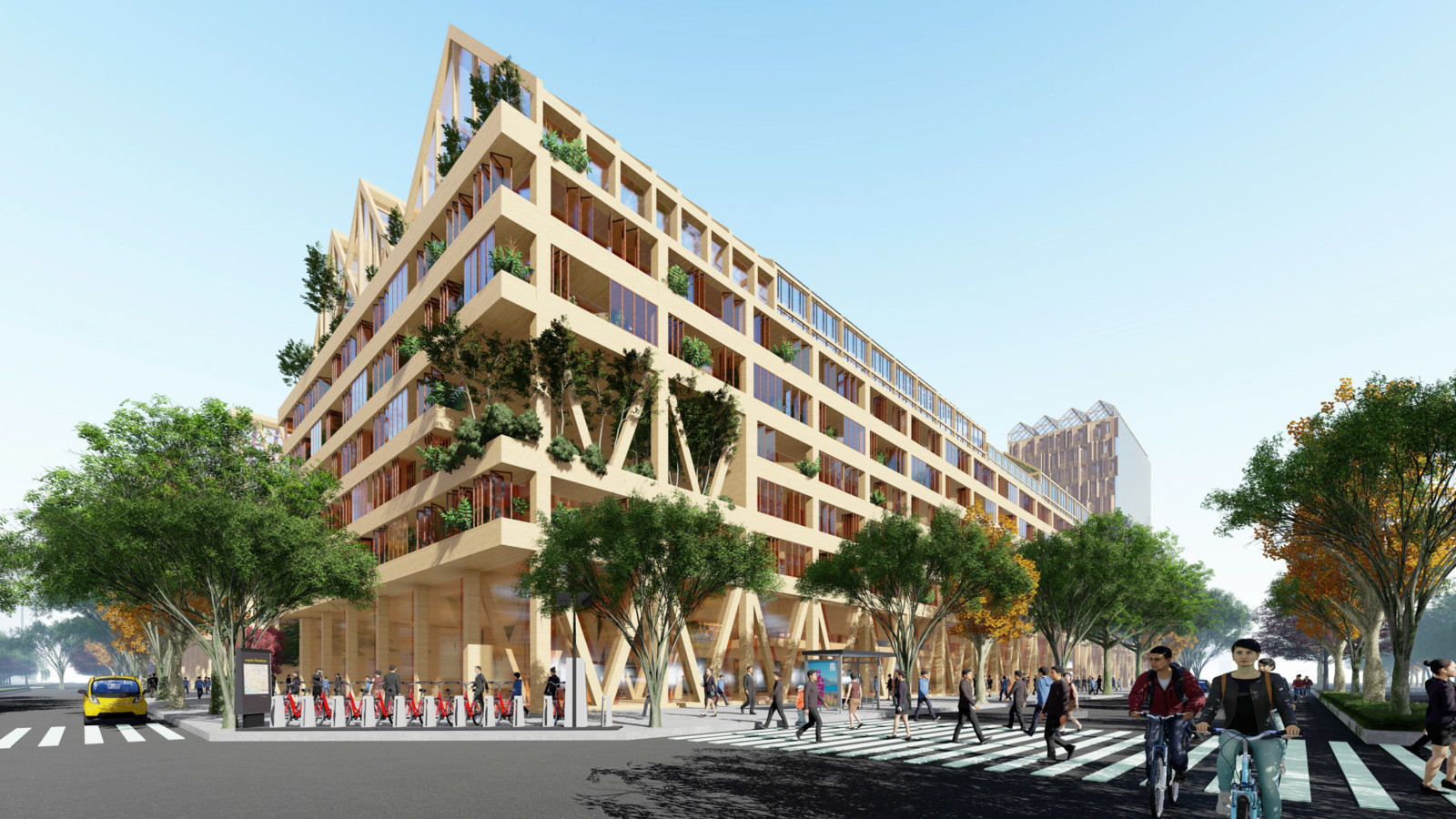
Cross-laminated timber is a renewable construction material|交叉層壓木材是可再生的建築材料
To create the Self-Sufficient City model, Guallart Architects merged a traditional European courtyard-style city square with modern Chinese housing towers, interspersed with greenhouses.
Comprising four blocks, the development would intermingle housing with offices, shops, and a food market, as well as a kindergarten, swimming pool and fire station.
為了創建“自給自足”的城市模型,Guallart Architects將傳統的歐洲四合院風格的城市廣場與現代的中國住宅塔樓融合在一起,並穿插了溫室。
該開發項目由四個街區組成,將房屋與辦公室,商店,食品市場以及幼兒園,游泳池和消防局混合在一起。
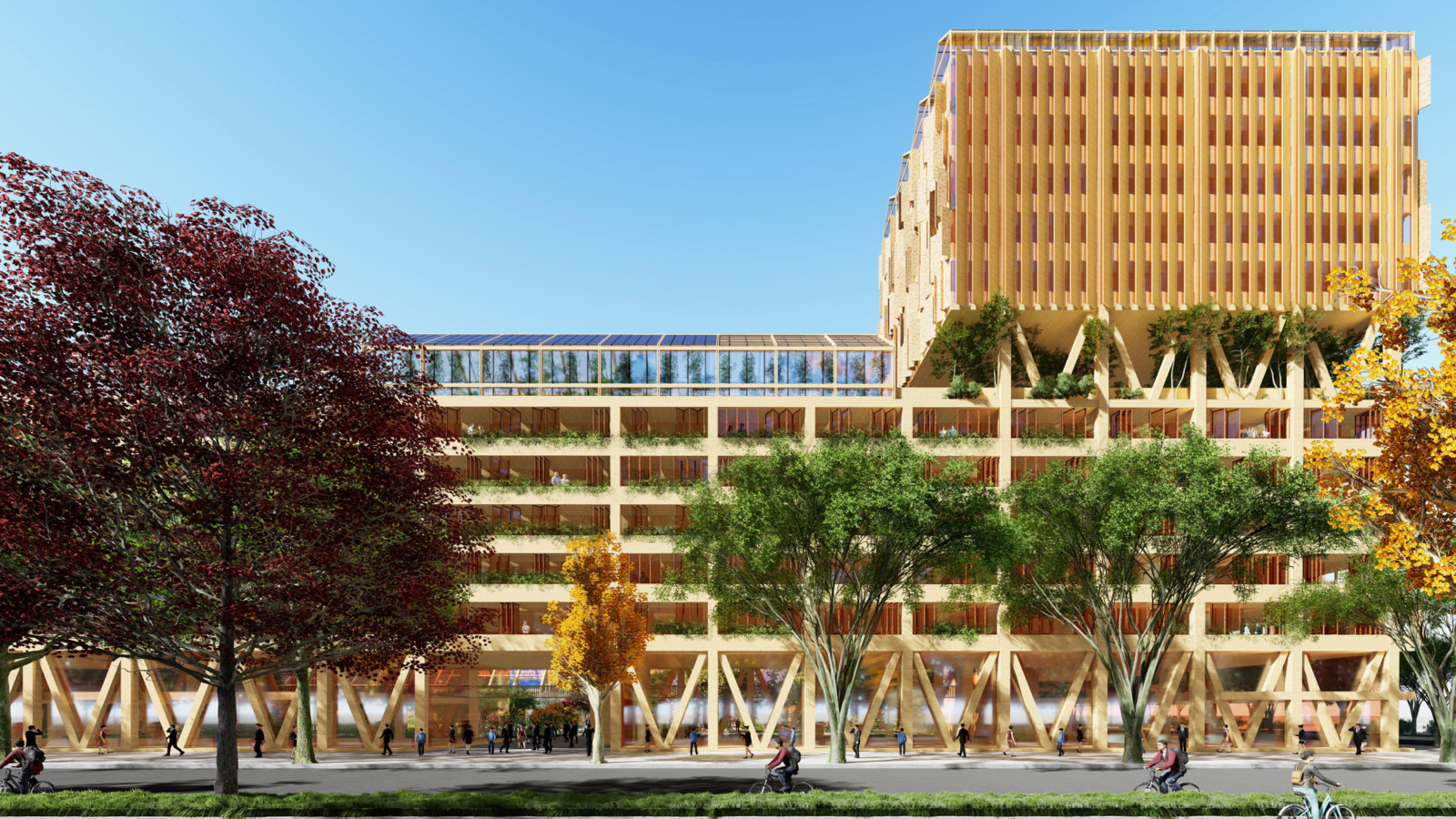
The blocks would be a mix of apartments, shops and offices|這些街區將是公寓,商店和辦公室的混合體
Guallart Architects stipulated the buildings would be made from cross-laminated timber, as wood is a renewable resource.
Different apartment layouts would be able to accommodate couples with or without one or two children, as well as multigenerational families, as well as elderly couples or young single people wishing to share common facilities.
瓜拉特建築師(Guallart Architects)規定,這些建築物將由交叉層壓的木材製成,因為木材是可再生資源。
不同的公寓佈局將能夠容納有或沒有一個或兩個孩子的夫婦,以及多代家庭,以及希望共享公共設施的老年夫婦或年輕單身人士。
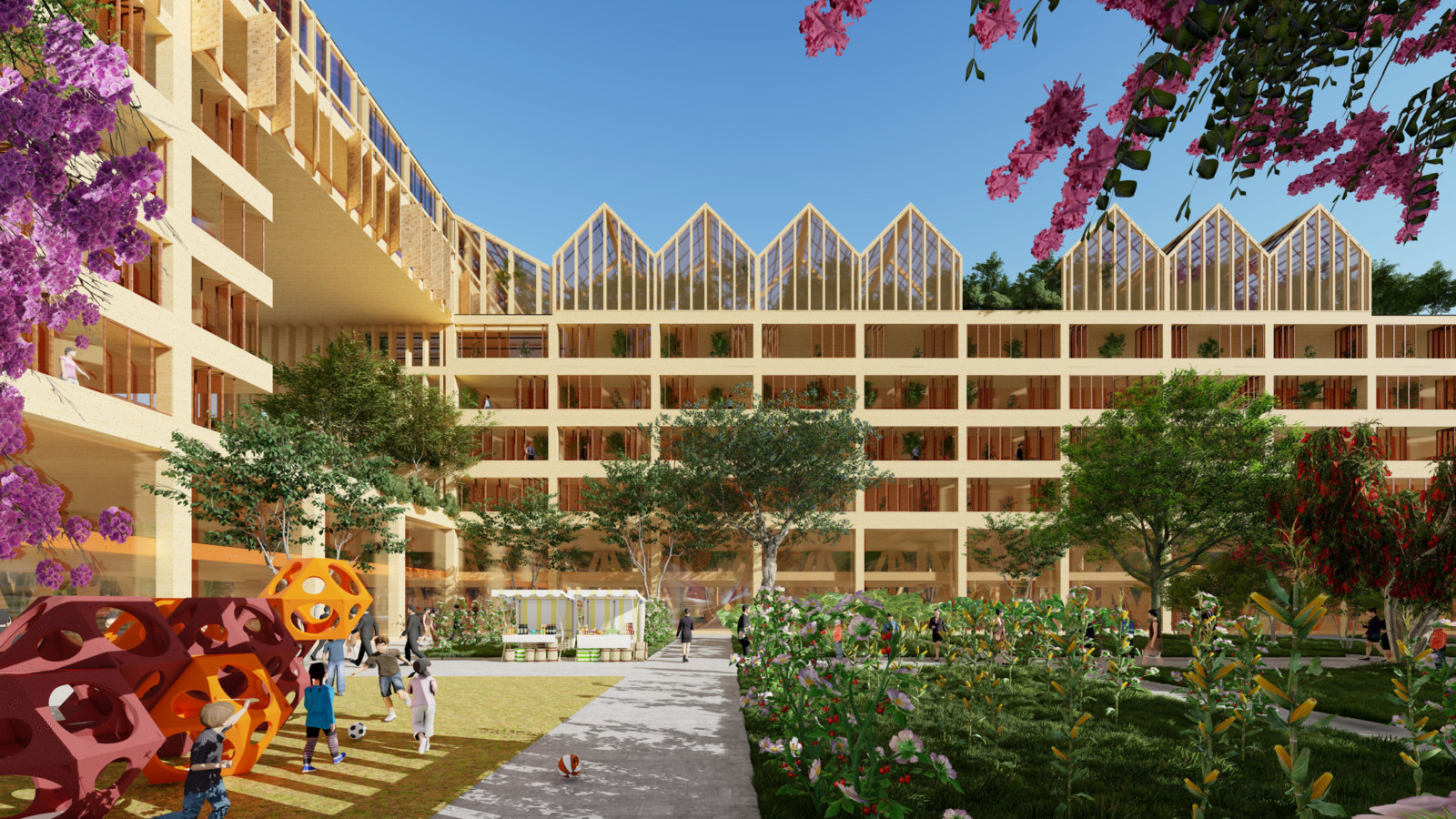
Homes would have outdoor terraces and balconies|房屋將有室外露台和陽台
South-facing terraces that would catch the sunlight and help to regulate the homes’ temperature. In case of another pandemic-induced lockdown, it would ensure every household still has access to their own outdoor space.
Apartments would also come with spaces suited to remote working, with 5G connectivity as standard.
朝南的露台將吸收陽光並有助於調節房屋的溫度。 萬一發生大流行導致的封鎖,這將確保每個家庭仍然可以使用自己的室外空間。
公寓還將配備適合遠程工作的空間,並標配5G連接。
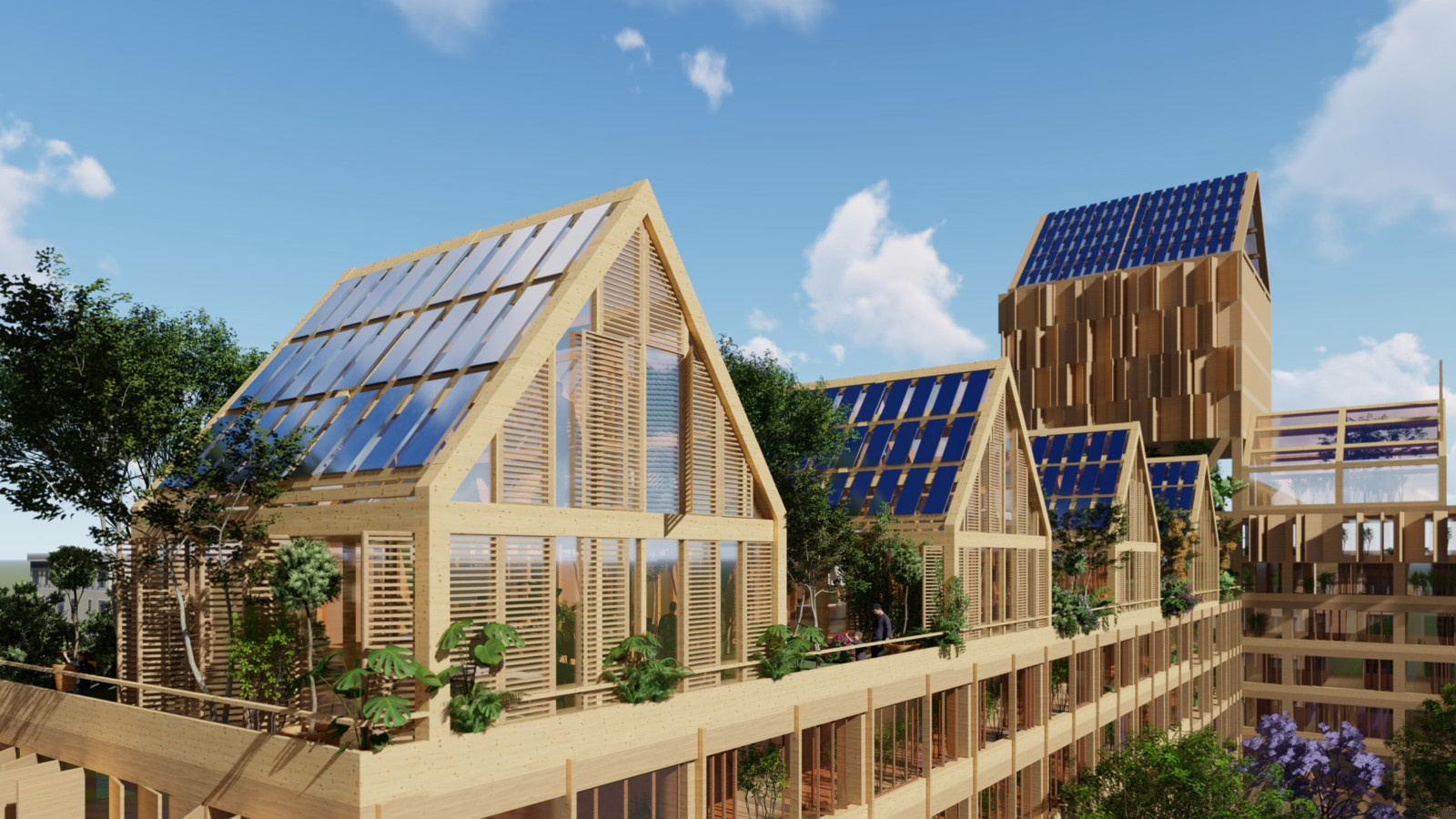
Solar panels on sloping roofs would provide electricity|傾斜屋頂上的太陽能電池板將提供電力
The 5G network would also serve Guallart Architects plans for a neighbourhood app, which could send residents an alert about lockdowns, as well as everyday notifications about local concerts, vegetables coming on sale at the market, or children’s toys available to swap or share.
5G網絡還將為Guallart Architects的鄰里應用計劃提供服務,該計劃可以向居民發送有關鎖定的警報,以及有關本地音樂會,市場上出售的蔬菜或可供交換或共享的兒童玩具的每日通知。
While cars would be allowed in certain areas, some streets would be for pedestrians and cyclists only, with public transport and electric taxis included to help people reduce their reliance on personal vehicles. Drones would be used for deliveries to free up the roads.
雖然在某些地區允許汽車通行,但某些街道僅適合行人和騎自行車的人,其中包括公共交通和電動出租車,以幫助人們減少對私人車輛的依賴。 無人駕駛飛機將被用於釋放道路。
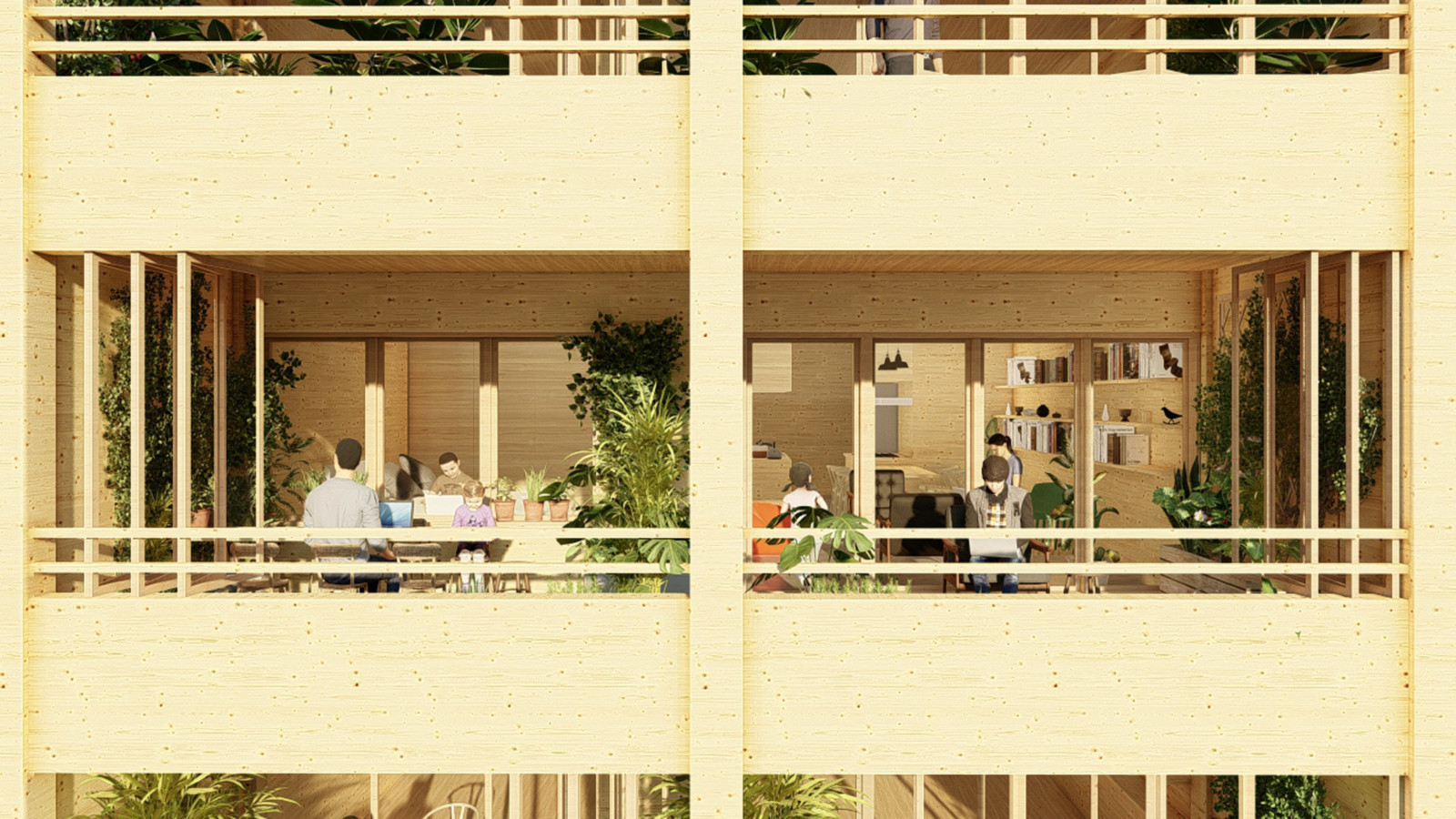
Each apartment would come with its own birdbox|每間公寓都配有自己的鳥箱
Rainwater runoff from hard surfaces would be collected for reuse, and green areas would all have sufficient soil depth for planting vegetables.
Inside the greenhouses, a mix of hydroponic farming and LED grow lights systems would provide facilities for indoor farming to supplement outdoor allotments and medicinal herb gardens.
堅硬表面的雨水徑流將被收集以供再利用,綠地都將具有足夠的土壤深度來種植蔬菜。
在溫室內部,水培農業和LED種植燈系統的混合將為室內農業提供設施,以補充室外分配地和藥草園。
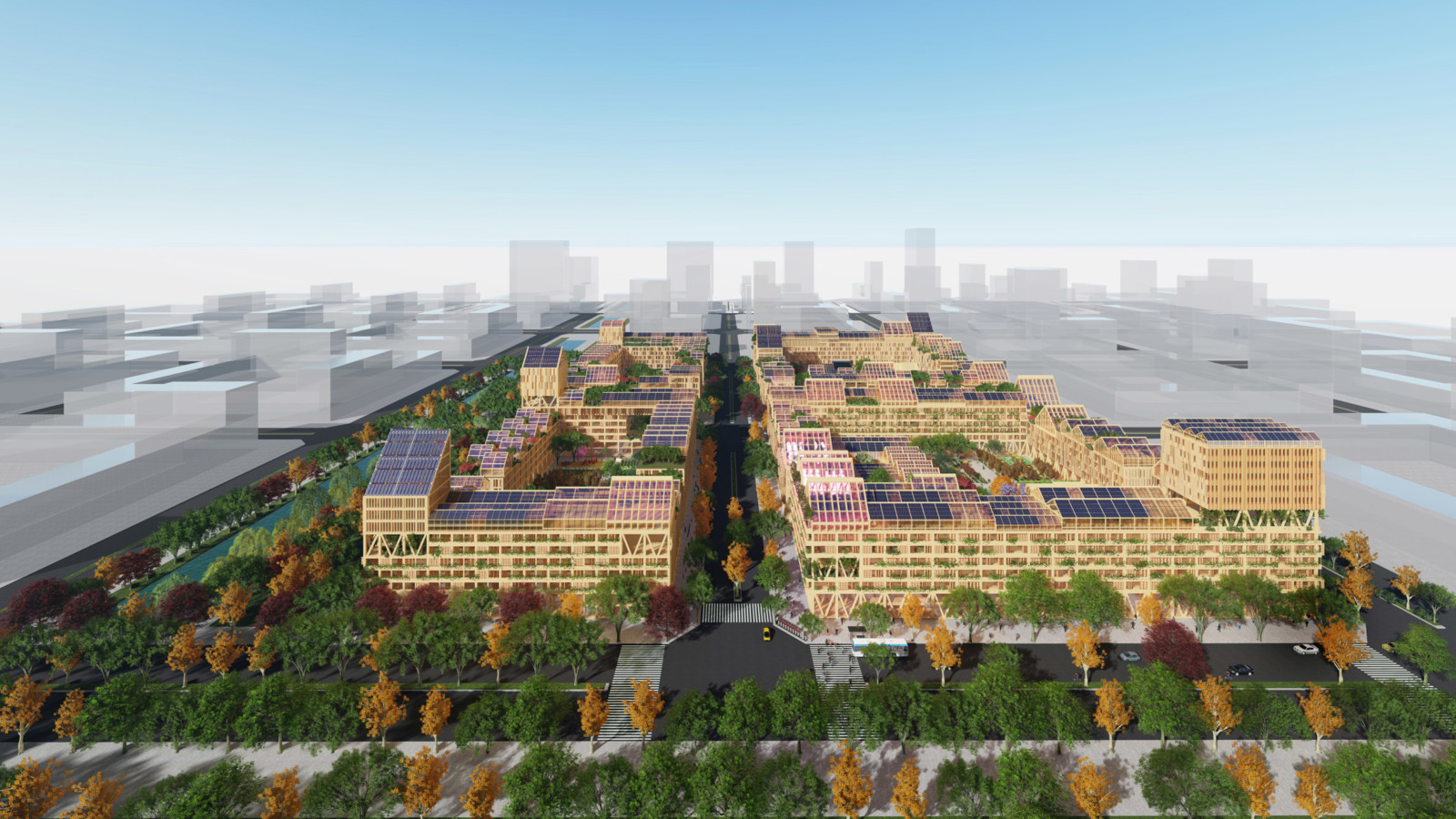
Gardens and orchards would attract butterflies|花園和果園會吸引蝴蝶
Green roofs, public gardens and orchards planted with butterfly-friendly flowers would help sustain biodiversity, and to further welcome nature into the city, each apartment would have its own birdbox and shelves for swallows to nest in.
Guallart Architects was founded in Barcelona in 1993 by Vincente Guallart.
Other designers considering the future of housing in light of the coronavirus pandemic include Ukrainian architect Sergey Makhno, who also champions self-sufficient housing, and Michelle Ogundehin, who drew up 11 proposals for homes under the new normal.
綠化的屋頂,公共花園和果園裡種有蝴蝶友善的花朵,將有助於維持生物多樣性,並且為了進一步歡迎大自然進入城市,每間公寓都將有自己的鳥箱和架子,以供燕子築巢。
Guallart Architects由Vincente Guallart於1993年在巴塞羅那成立。
考慮到冠狀病毒大流行而考慮住房未來的其他設計師包括烏克蘭建築師謝爾蓋·馬赫諾(Sergey Makhno),他還倡導自給自足的住房;以及米歇爾·奧貢德欣(Michelle Ogundehin),他根據新常態擬定了11套住房建議。

